Basically I'm trying to create a printer which print colours using 3 cartridges as base colours; let's call them A,B and C.
Machine operating: The machine mix an amount of each cartridge to get a new color (the sum of all the amounts should be 100). This new color can be seen as an RGB value.
The question is: How can I get the percentage of each base colour (the amount of each cartridge) from an RGB value to mix that colour? It doesn't matter if the percentage is not exact.
I created a table with some examples of the machine operation, the base colours are highlighted (This table doesn't contains the real examples, it's just for explanation).
Thanks in Advance.
